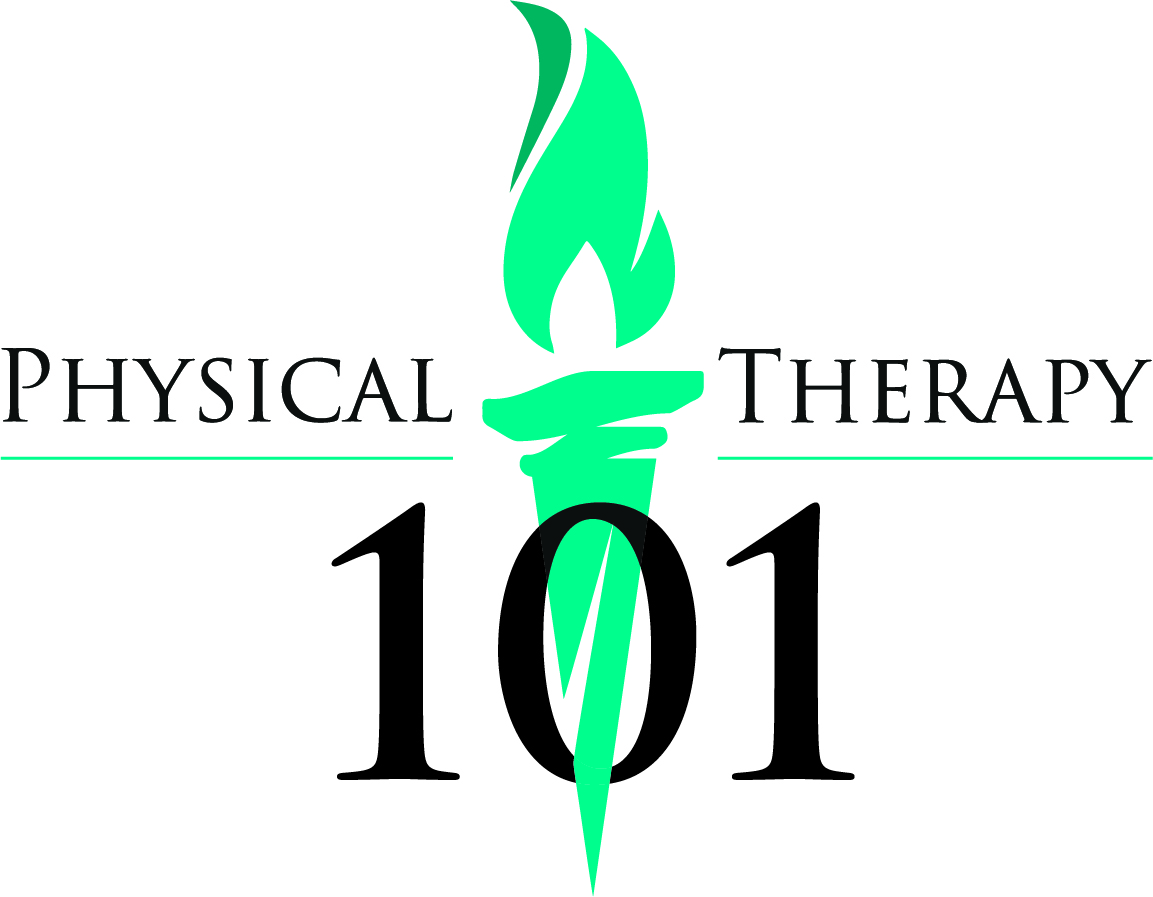Background
In a knee that contains damaged structures, over time the movement in that joint will begin to decrease. As this takes place, the cartilage in the knee will begin to start to wear down. While this progresses, eventually the Femur and Tibia bones will begin to rub together causing increasing pain and stiffness in the knee joint. This process worsens as time goes on and results in a condition known as Osteoarthritis. Some factors that tend to speed up this process is being overweight and/or having poor knee alignment.
The two types of knee replacement surgery are the Partial Knee Replacement and the Total Knee Replacement. In a Partial Knee Replacement, only a part of the one joint is replaced and in a Total Knee Replacement, the entire joint is replaced. The surgeon performs this procedure by shaping and cleaning the bone ready for replacement surgery. The prosthetic parts are then fit over the bones and anchored on.
Recommended Products
Treatment - Before Surgery
Before surgery, it is important to perform exercises to help expedite the recovery process. Start with a supine hamstring stretch. Uses a stretch strap or other object to help left the leg being stretched. If this position is unconformable for your back, try bending the leg not being stretched. Perform 3-4 times and hold for 15-20 seconds. Perform twice per day.
Supine Hamstring Stretch with Strap
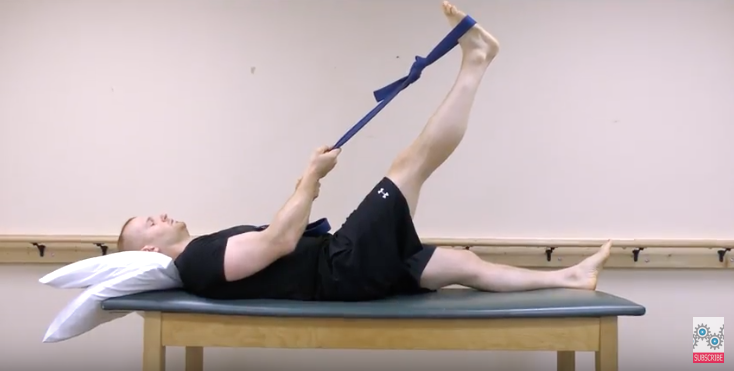
Your hamstring can also be stretched while sitting. With your knee straight, lean your chest towards your toes. These are static stretches, so don’t bounce. Perform 3-4 times and hold for 15-20 seconds. Perform twice per day.
Seated Hamstring Stretch
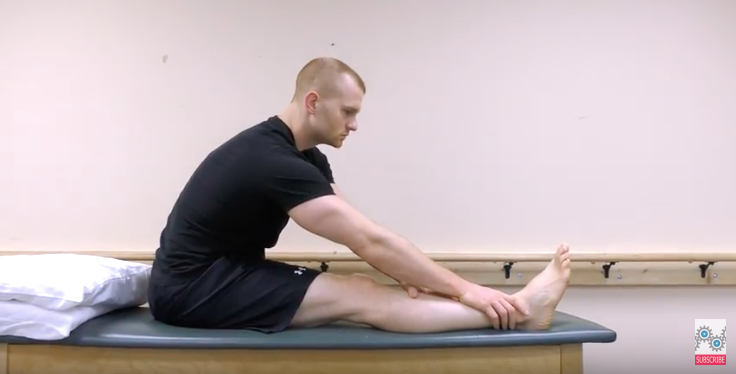
A quadriceps stretch can be performed laying on your side by looping your stretch strap around your foot then pulling your foot back. Allow the knee to bend as far as possible, and then slowly move your hip back. You should feel this stretch in the front of your leg. Perform 3-4 times and hold for 15-20 seconds. Perform twice per day.
Side-lying Quadriceps Stretch
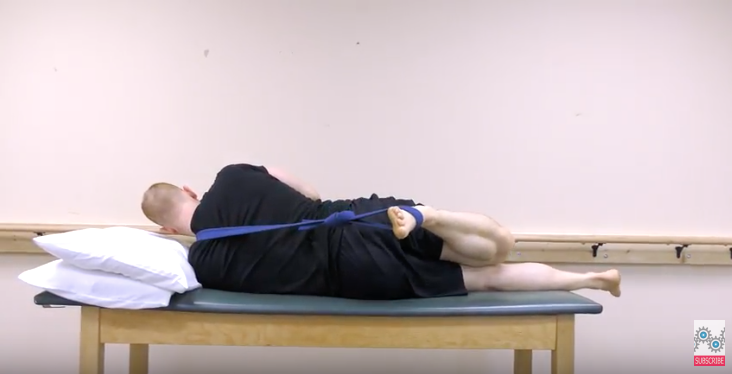
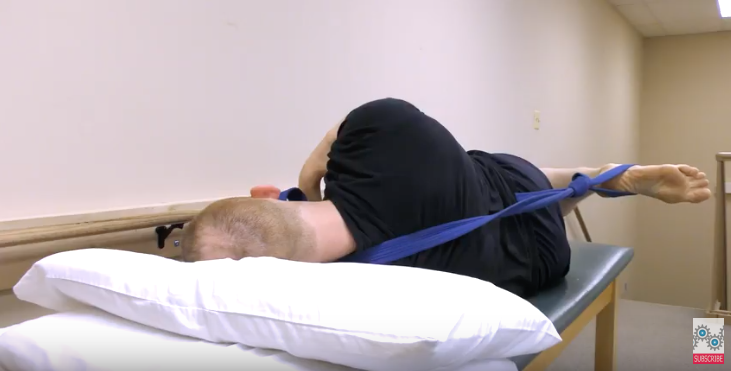
A calf stretch can be done by allowing your heel to drop off the back of a step. Make sure to keep your knee locked out and your back straight. Perform 3-4 times and hold for 15-20 seconds. Perform twice per day.
Gastrocnemius Stretch on Step
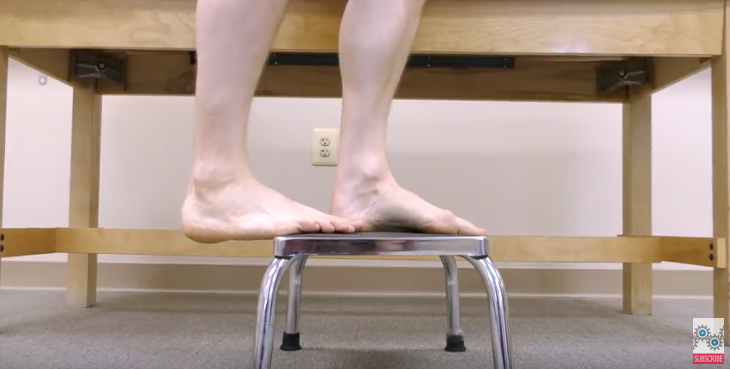
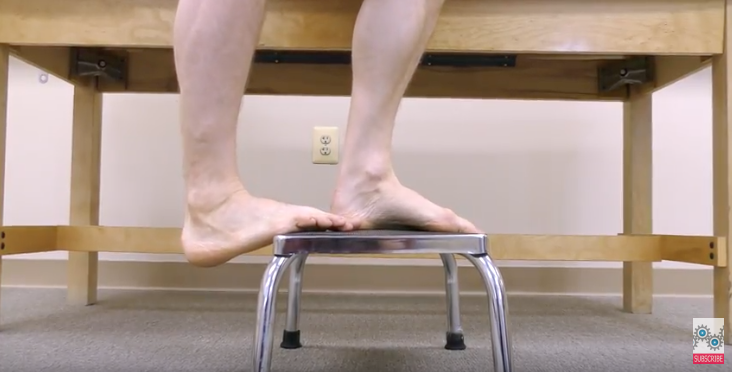
To perform a Quad Set, place a rolled up towel under your heel.
Quad Set
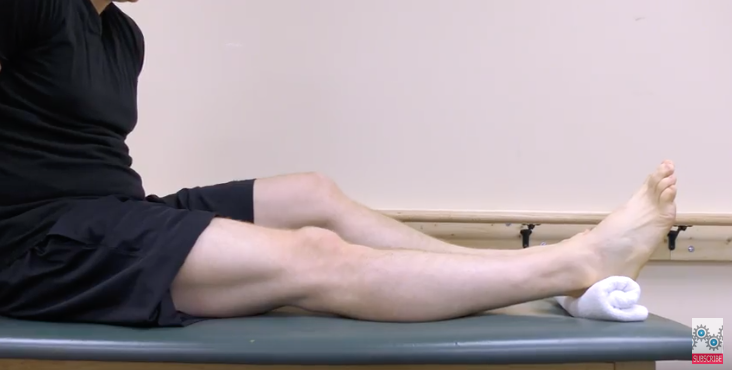
Now contact the muscles on the top of your leg by pushing the knee downward. This is working your Quadricep Muscles isometrically. You should hold each contraction for 3-5 seconds. Build up to 3 sets of 10 reps.
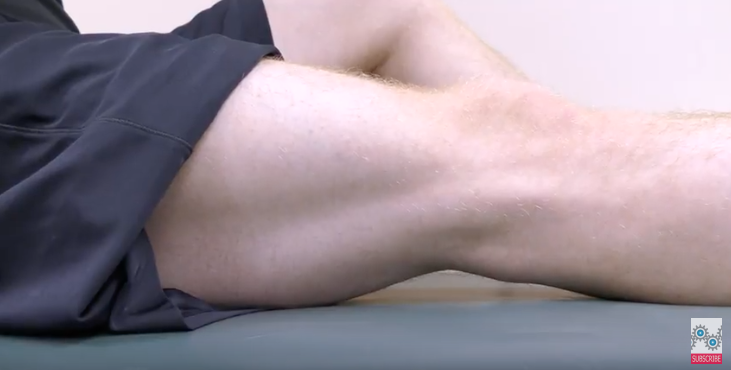
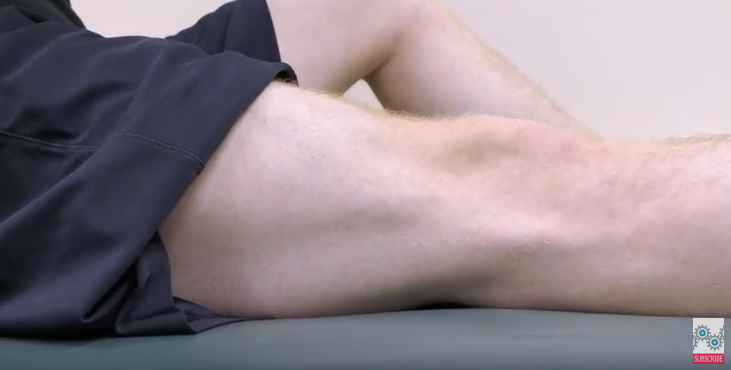
To perform a Hamstring Set, position yourself seated with the knee bent.
Hamstring Set
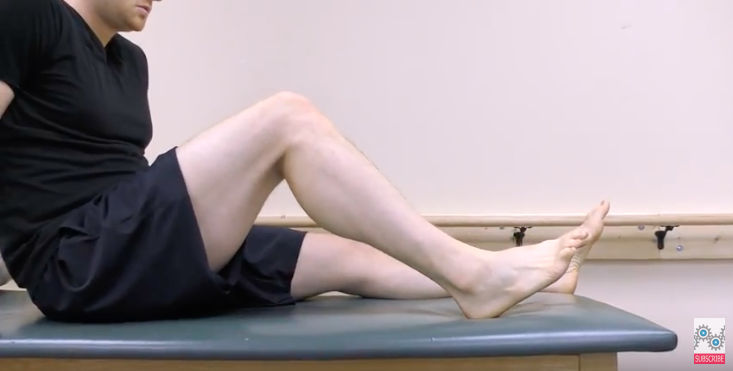
Now contract the muscles in the back of your leg by pulling your heel into the surface. This is working your Hamstring Muscles isometrically. Make sure the heel does not slide. You may keep the foot straight or turn it in slightly. You should hold each contraction for 3-5 seconds. Build up to 3 sets of 10 reps.
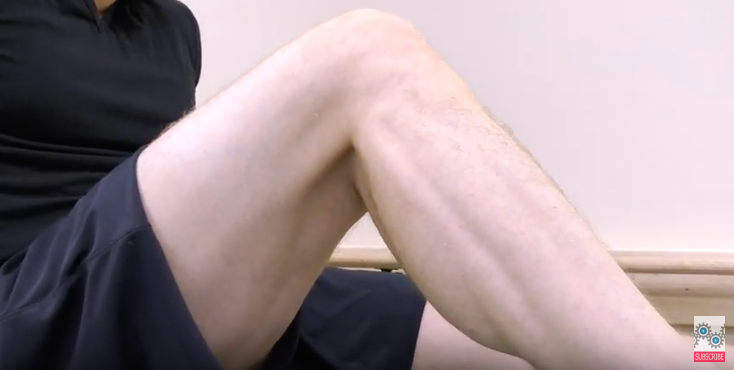
To perform a Glute Set, squeeze your buttock muscles together.
Glute Set
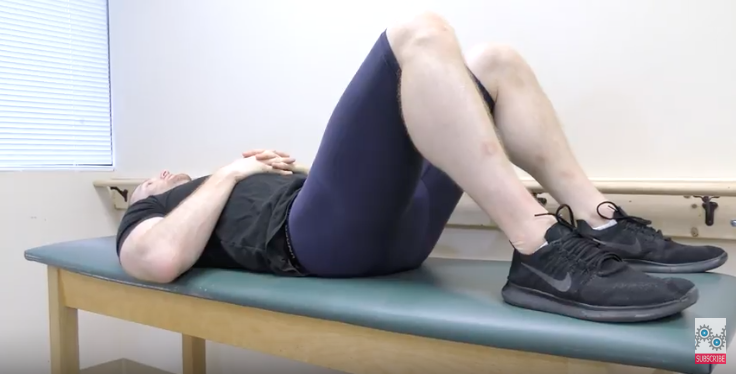
This is working your Gluteal Muscles Isometrically. Now hold for 3-5 seconds then relax. This can be done in sitting, standing, or lying down. Build up to 3 sets of 10 reps.
Treatment - After Surgery
Right after surgery, your surgeon may recommend that you are placed in a Knee Immobilizer for a short period of time for safety concerns.
